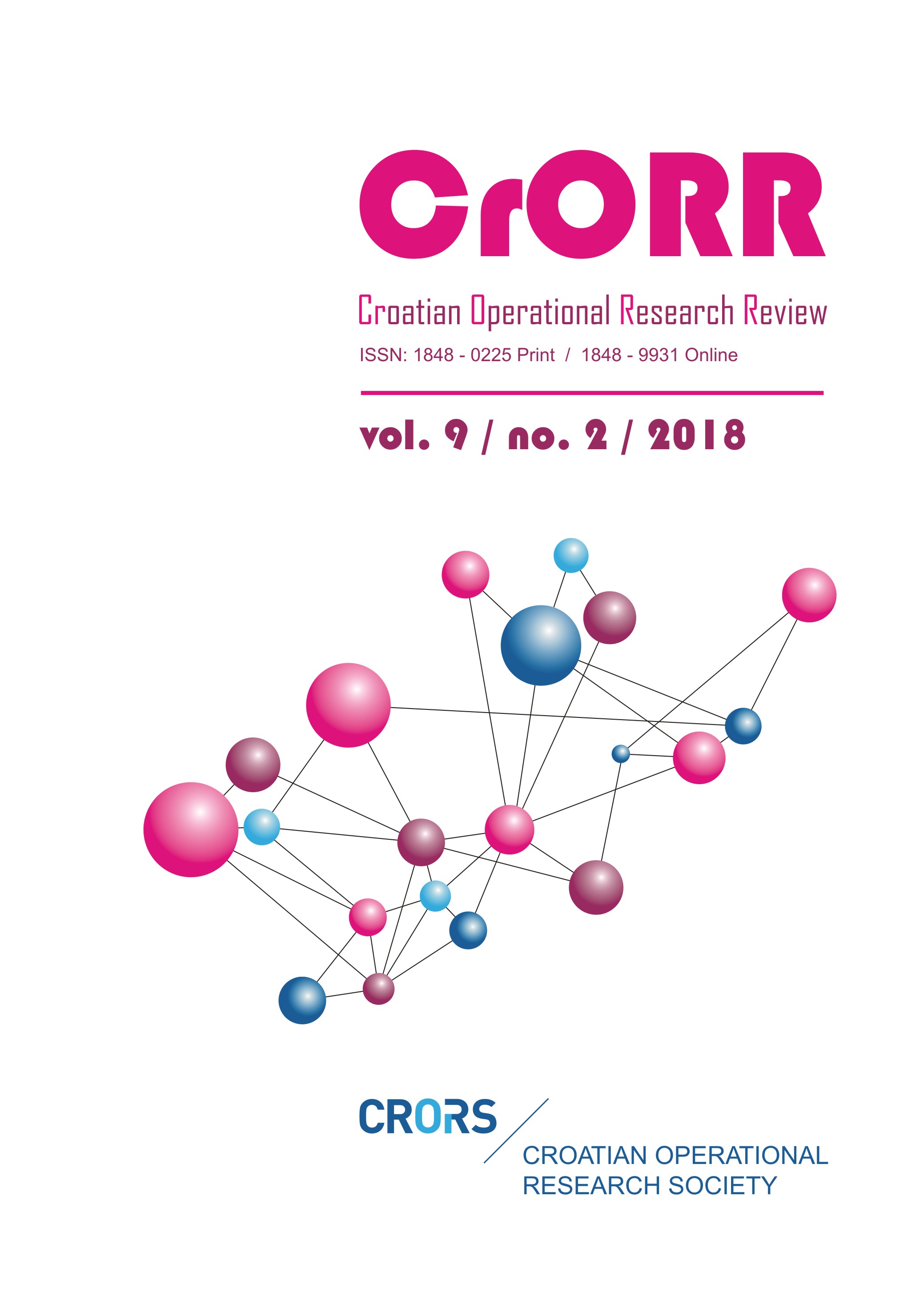Characteristics of the Analytic Network Process, a Multi-Criteria Decision-Making Method
Abstract
The Analytic Network Process (ANP) is one of the most complex multi-criteria decisionmaking methods. It was developed by Professor Thomas Saaty, who also created the Analytic Hierarchy Process (AHP). In the network, we model the dependencies and influences between decision-making elements. A network contains much more information on the decision-making problem than the hierarchy does. By applying the ANP, we, therefore, obtain more accurate results (the decision). However, AHP is much more often applied even when the decision making problems contain influences and dependencies which were not considered in the AHP. The main research goal of this paper is to identify reasons (ANP characteristics) why ANP is not applied when the problems contain influences and dependencies. After describing the main characteristics, we focus on the three characteristics of the ANP, which are (1) the inseparability of the criteria and alternatives, (2) the influence of the goal node on the priorities in the decision-making problem and (3) the stochasticity of the supermatrix in the ANP method. All these three characteristics are theoretically analyzed in depth and demonstrated through examples. The paper concludes with proposals on how the ANP can be used with respect to these three characteristics.
Downloads
Published
Issue
Section
License
- Authors retain copyright and grant the journal right of first publication with the work simultaneously licensed under a Creative Commons Attribution License that allows others to share the work with an acknowledgement of the work's authorship and initial publication in this journal
- Authors are able to enter into separate, additional contractual arrangements for the non-exclusive distribution of the journal's published version of the work (e.g., post it to an institutional repository or publish it in a book), with an acknowledgement of its initial publication in this journal.
- Authors are permitted and encouraged to post their work online (e.g., in institutional repositories or on their website) prior to and during the submission process, as it can lead to productive exchanges, as well as earlier and greater citation of published work (See The Effect of Open Access).


